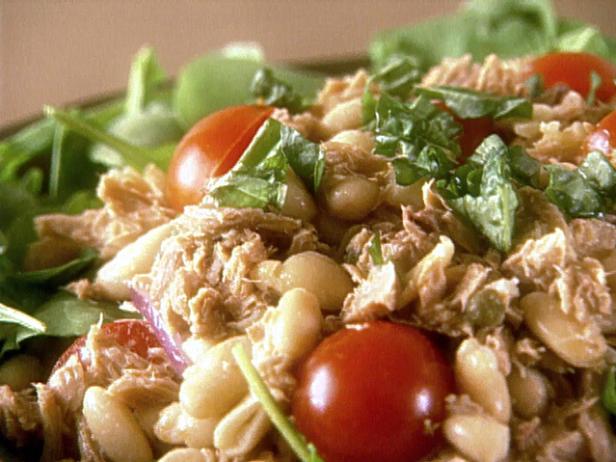Using Beans, Peas and Lentils Instead of Meat
TEXARKANA, Ark. –
Black eyed peas, pinto beans, edamame, these are all legumes that are good sources of protein and can be a healthy substitute for meat. Having a meatless meal occasionally is good for your pocket book as they tend to be less expensive than some cuts of meat.
Legumes are a class of vegetable that include beans, peas and lentils. They are typically low in fat, contain no cholesterol, and are high in protein, folate, potassium, iron and magnesium. They are a good source of fiber which is beneficial because a diet high in fiber can reduce your risk of developing diabetes and help lower blood cholesterol levels, which can reduce your risk of heart disease.
Soybeans are one type of legume that contains all the amino acids needed to make a complete protein, just like meat. They also contain isoflavones, a plant-based compound that may reduce the risk of some types of cancer. Soybeans are grown on about 3.3 million acres in Arkansas and generate about $1.7 billion annually. Soybeans rank as one of the top three crop commodities for Arkansas.
Edamame is a popular vegetable soybean. They are immature green soybeans found in the freezer section of your supermarket and can be steamed, boiled or microwaved and may be eaten as a snack or appetizer served at Asian restaurants.
Select, store and serve legumes for best nutrition. Select legumes with a deep, almost glossy color. Dry looking or faded legumes indicate a longer storage time. The longer legumes are stored, the more likely the legumes won't taste fresh.
Store dried legumes away from heat, light and moisture. They keep well in an airtight container or sealed plastic bag. Store unopened canned beans and peas in a cool, dry place. They safely store for two to five years. Legumes canned at home keep up to a year.
When preparing legumes, sort and rinse carefully. Discard any small stones, fibers, or misshapen or discolored legumes you find in your bag.
Beans and other large, dried legumes such as chickpeas and black-eyed peas require soaking in water, to rehydrate them for even cooking. It is also thought that soaking reduces the flatulence inducing quality of legumes and makes them easier to digest.
Soak legumes overnight. Then pour water off, add fresh water and they are ready to cook. If you forgot to soak them overnight, do a quick soak by placing them in water and bring to a boil for two minutes. Remove from heat, cover and let beans soak for an hour. Drain beans and discard soak water. Add fresh water and season.
If you need a small amount for a recipe, use canned legumes. They don’t require long simmering times, but may have a lot of sodium, so rinse well to remove any sodium added during processing.
Experiment with legumes by trying White Bean and Tuna Salad. It makes 2 servings, has 226 calories, 7 grams fat, 25 mg cholesterol, 470 mg sodium, 22 grams protein, 21 grams carbohydrates, and 8 grams fiber.
White Bean and Tuna Salad
- 1 (4.5- 6-ounce) can tuna, packed in olive oil
- 1 (15-ounce) cans cannellini white beans, drained and rinsed
- 2 T capers, drained and rinsed
- 3 Tablespoons red wine vinegar
- Black pepper, to taste
- 1/2 medium red onion, thinly sliced
- 1/2 cup cherry tomatoes
- 2 cups romaine lettuce
- 4 fresh basil leaves (optional)
- In large bowl, add tuna, reserve olive oil in a separate bowl.
- With fork, break tuna into bite-size pieces.
- Add beans and capers.
- Into the bowl of olive oil, add the red wine vinegar. You should have 1 part vinegar to 2 parts oil, add more extra-virgin olive oil if necessary.
- Season with pepper.
- Pour dressing on tuna, bean and caper mixture and allow the flavors to infuse while slicing the vegetables.
- Add onion and tomatoes to tuna mixture and toss gently.
- Place the romaine on salad plates and top with tuna mixture. Tear fresh basil leaves over the top and serve immediately.
Learn more about legumes by contacting the Miller County Extension Office, 870-779-3609 or visit us in room 215 at the Miller County Courthouse.
By Carla Due
County Extension Agent - FCS
The Cooperative Extension Service
U of A System Division of Agriculture
Media Contact: Carla Haley-Hadley
County Extension Agent - FCS
U of A Division of Agriculture
Cooperative Extension Service
400 Laurel Street, Suite 215 Texarkana AR 71854
(870) 779-3609
cdue@uada.edu
